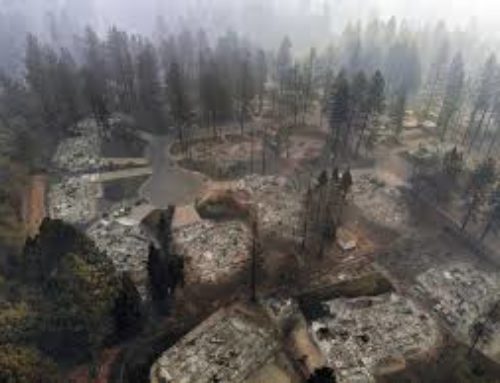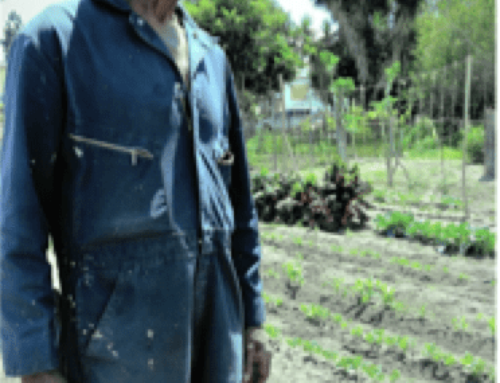Waste to Energy
April 27, 2019
In the book, Hoodwinked in the Hothouse, the authors explain why the practice of “waste-to-energy” is a false solution in helping manage the climate crisis. Waste-to-energy (WTE) is the process of generating energy from solid waste to produce electricity and/or heat. Specifically, garbage is burned in an incinerator, the heat causes water to boil creating steam and in turn, the steam propels a turbine that makes electricity. Counties that have employed this technique boast of their ability to burn tons of garbage a day and a million tons per year while powering a percentage of their communities’ electrical needs through this “environmental friendly” process.

Unfortunately, the waste-to-energy practice is too good to be true. Turns out, incinerators are extremely carbon intensive and emit “33% more CO2 per unit of energy than coal power plants.” Even more concerning, the incinerators produce dangerous pollutants such as mercury and dioxins. With many of these plants being located near underserved communities of color and working class neighborhoods. This poses an unfair risk to children and families who often do not have the resources to fight the waste industry’s activities. Further, income that individuals earn from recycling waste would be reduced as counties decide to keep their trash and their profits for themselves.
A surface view of waste-to-energy may sound like a viable alternative to landfills but it does not take into the consideration the additional environmental and economic threats that create a burden on vulnerable communities.
Even when waste agencies purport to have technology that mitigates the pollution, it is not tested and cannot be necessarily trusted. Instead, resources should be focused on helping more individuals with recycling efforts, composting and eliminating the purchase of disposable goods.
Marlenia Myers is a writer and grants director for a nonprofit organization. She has a dual degree MFA and Urban Sustainability (MA) from Antioch University, L.A. She taught storytelling to community advocates who experienced homelessness on Skid Row and is currently working on her first book, We Can’t Breathe: The Environmental Fate of Vulnerable People.




Social Contact